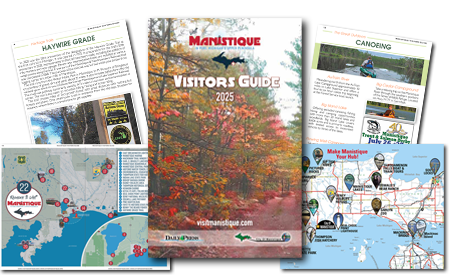Seney National Wildlife Refuge is managed by the U.S. Fish & Wildlife Service. The National Wildlife Refuge System has over 146 million acres of lands and waters with 567 refuges in all 50 states and six territories. The Refuge lands are divided. The largest portion, 95,210 acres, is located near the town of Seney, Mich. The 55 acre, Whitefish Point Unit, can be found 10 miles north of Paradise, Mich.
The Refuge was established in 1935. At that time the Civilian Conservation Corps (CCC) was in full swing and the dollar-a-day boys were put to work constructing a series of pools to entice ducks and geese to use Refuge lands. Today theses pools can be seen from the 7-mile Marshland Wildlife Drive and the 1.5 mile Fishing Loop, which start near the visitor center. The roads are one-way with breathtaking views and places you can pull off to look around, fish, eat berries, or take pictures.
Seney National Wildlife Refuge
Great Getaways TV
Episode #818
from Great Getaways #8018 "An Upper Peninsula Getaway" - Manistique, Michigan. The refuge Headquarters and Visitor Center are located on Highway M-77 approximately 3 miles north of Germfask, Michigan and 15 miles northwest of Curtis, Michigan. It is one of the best wildlife excursions you can make, it is managed by the U.S. Fish and Wildlife Service.
The Refuge is a mosaic of shrubs, wetlands, forests, pools, and grasslands - a bird watchers dream with over 200 species. Common sightings include American bittern, sharp-tailed grouse, Wilson’s snipe, belted kingfisher, cedar waxwing, ducks, warblers, and woodpeckers. Bald eagles, osprey, common loons, Canada geese, and trumpeter swans can be seen tending their nests and chicks.
Deer, muskrat, mink, fisher, beaver, and the occasional wolf or moose can be seen as well. Refuge explorers may want to start at the Visitor Center, open May 15 to Oct. 20 from 9am to 5pm daily. Visitors will find maps, brochures, tour information, and a 15 minute film. Borrow a pair of binoculars, activity pack or fishing gear. Jr. Ranger materials can be picked up at the front desk. Visitors can download the Tour Seney Refuge or Agents of Discovery apps from Google Play or the App Store for private tour options.The Marshland Bookstore offers books and souvenirs.
Take a hike or hop on your bike and explore. All refuge roads are open to non-motorized modes of travel. The Pine Ridge Nature Trail and the Northern Hardwoods Trails are great places to hike, ski or snowshoe. Paddlers can enjoy a float down the Manistique River. At the Whitefish Point Unit visitors can enjoy a walk on the beach or the trail to the Point Boardwalk. In spring and fall thousands of birds can be seen crossing Lake Superior going to or from Canada. From May to August large portions of the beach are closed for the nesting endangered piping plovers.

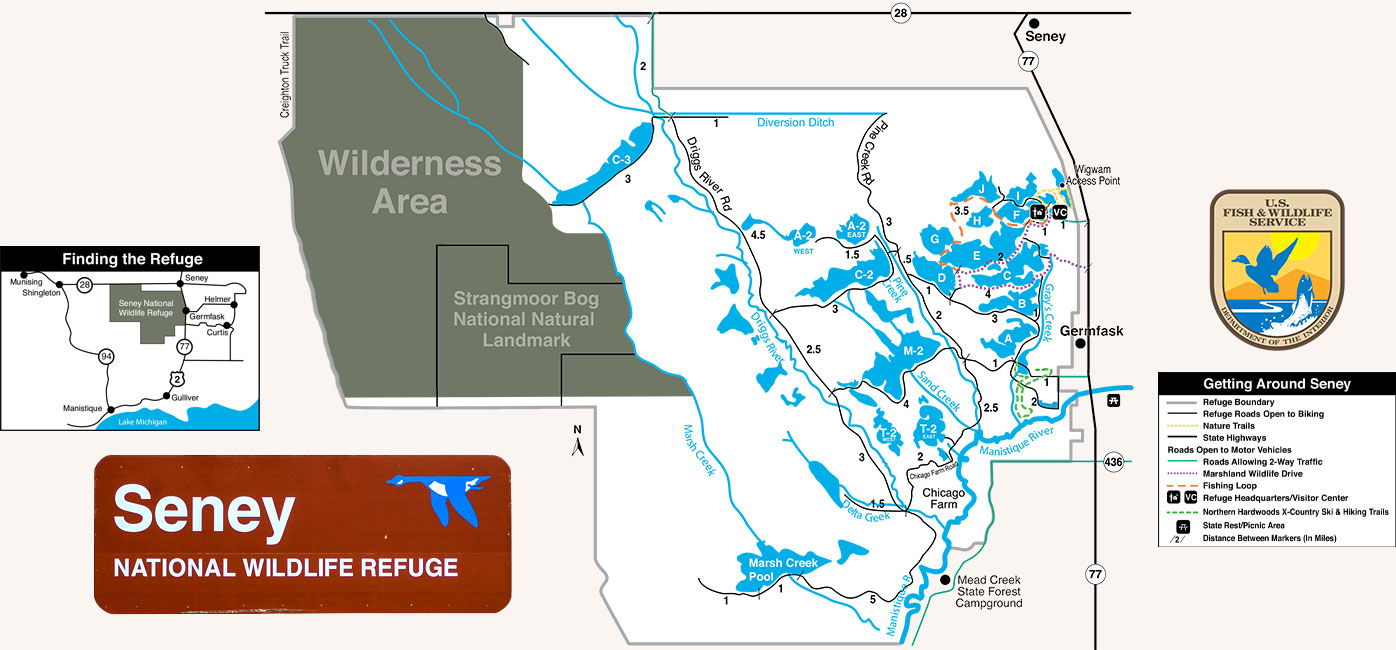
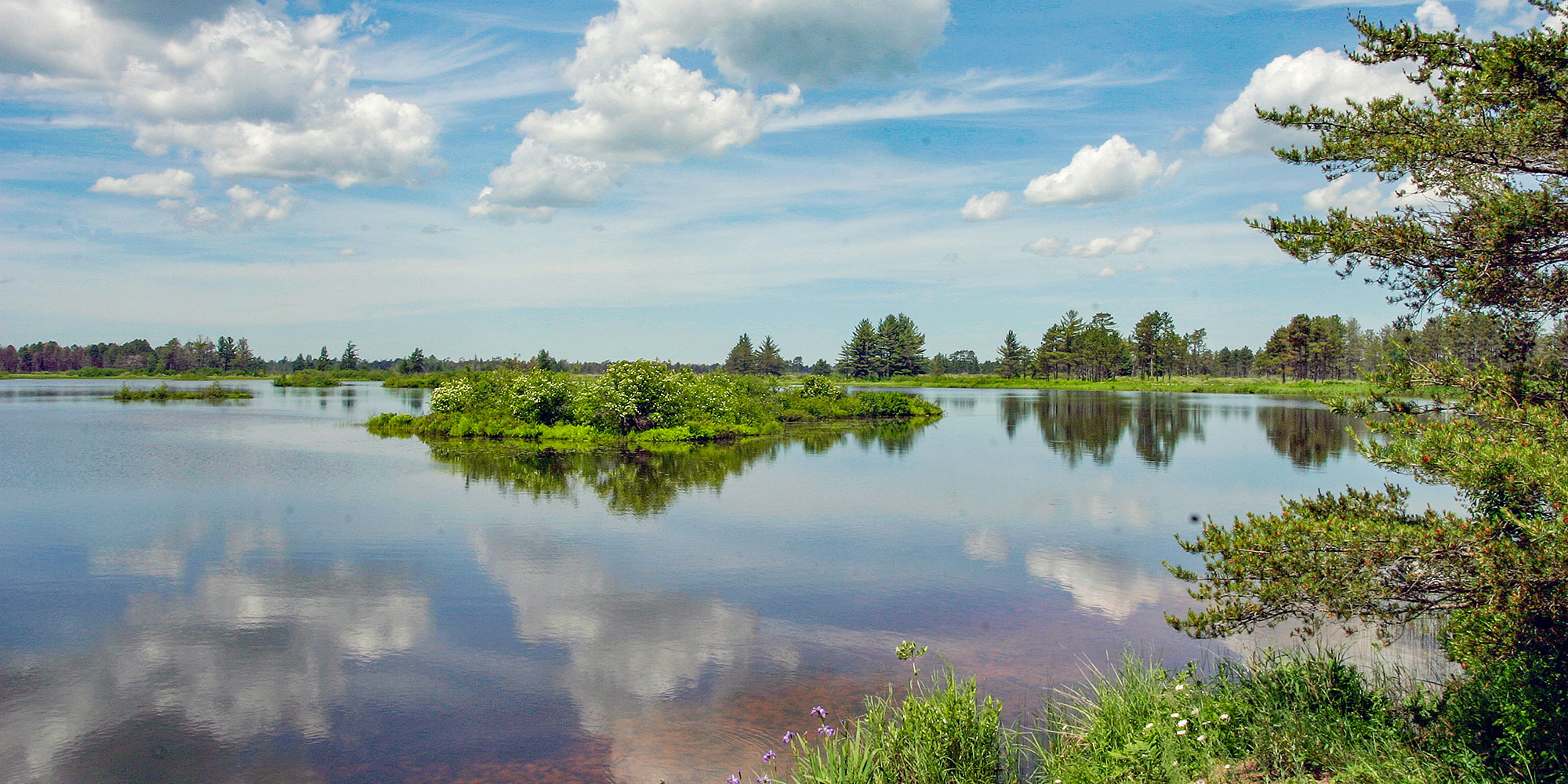
.jpg)
.jpg)
.jpg)
.jpg)
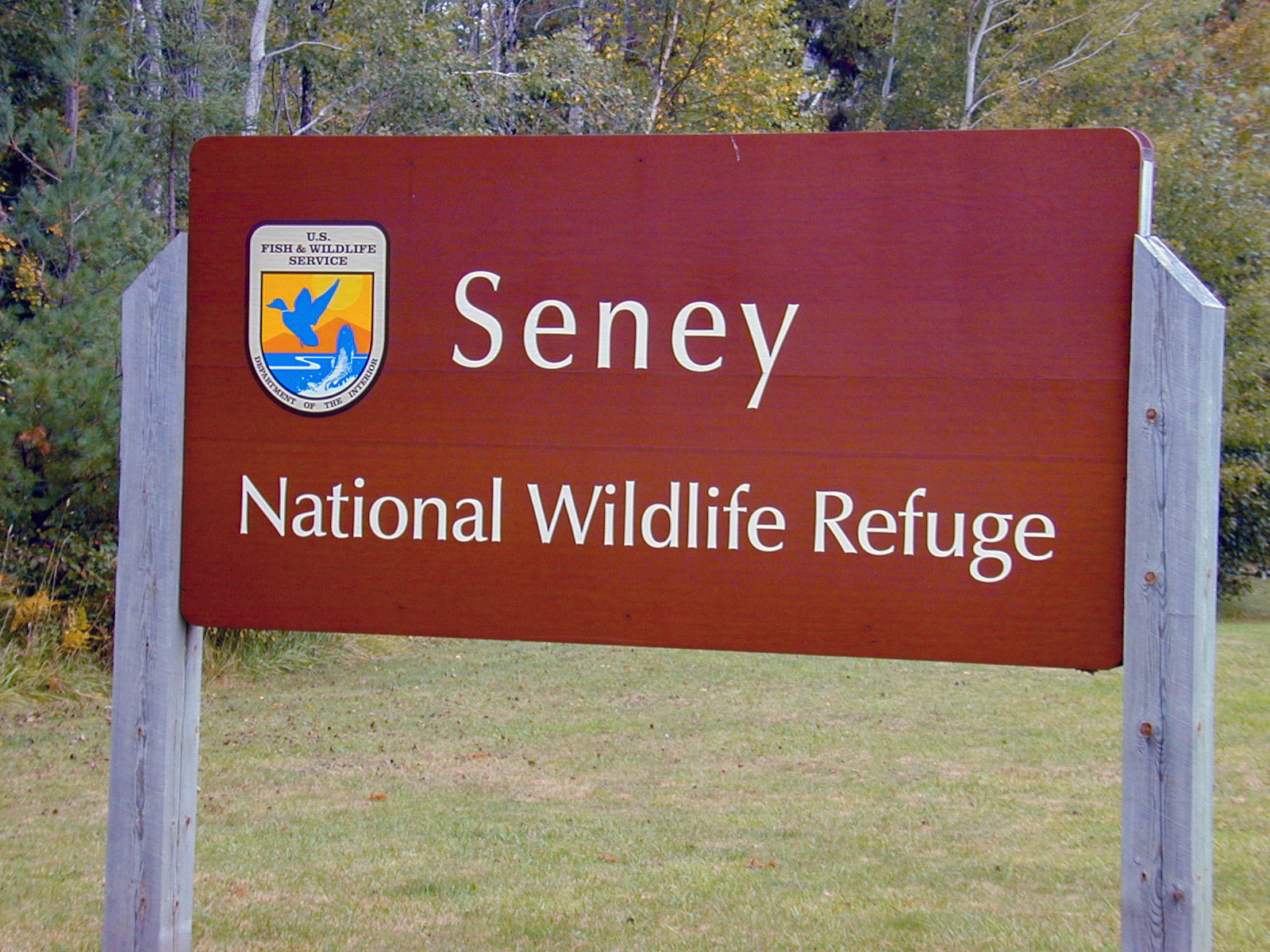
.jpg)
.jpg)
.jpg)
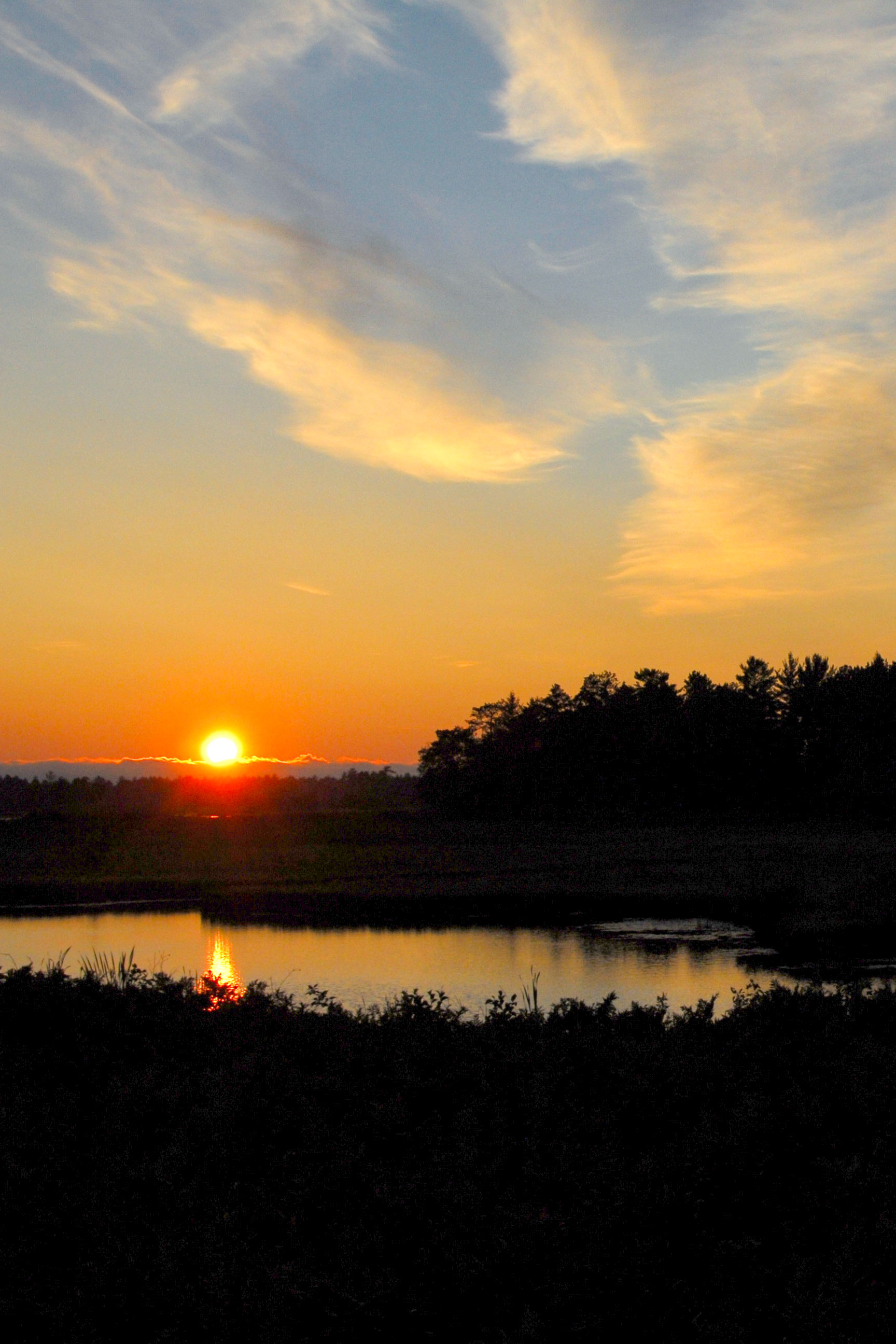
.jpg)

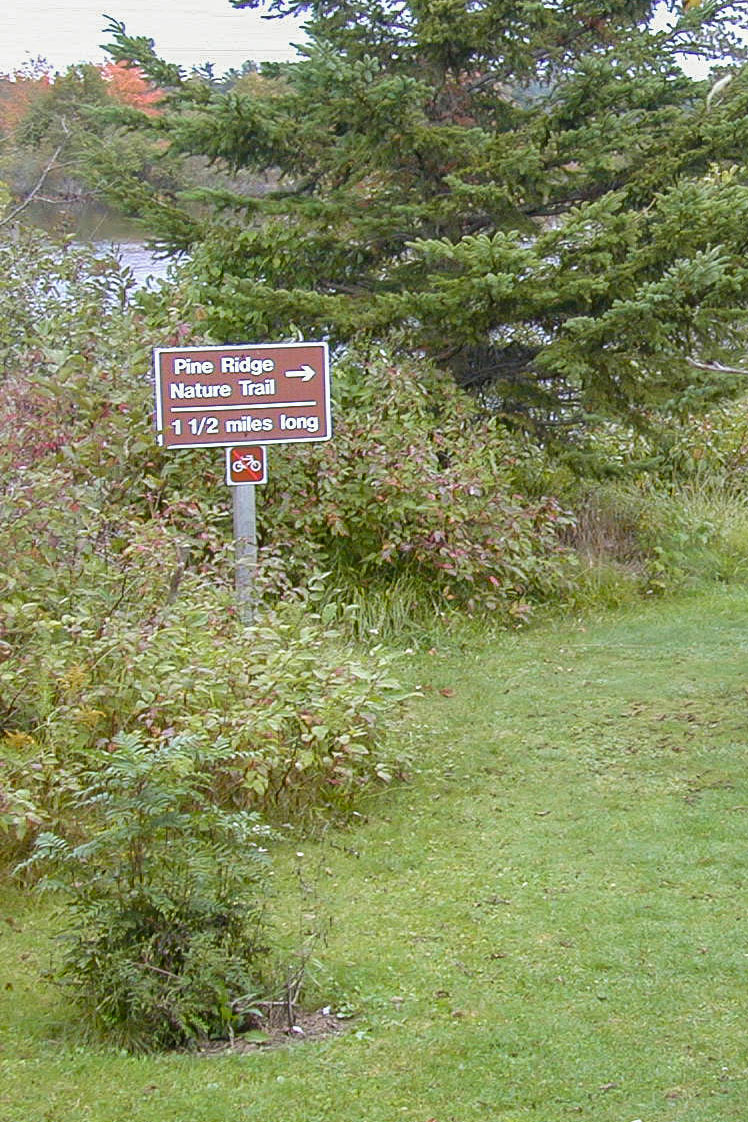
.jpg)

